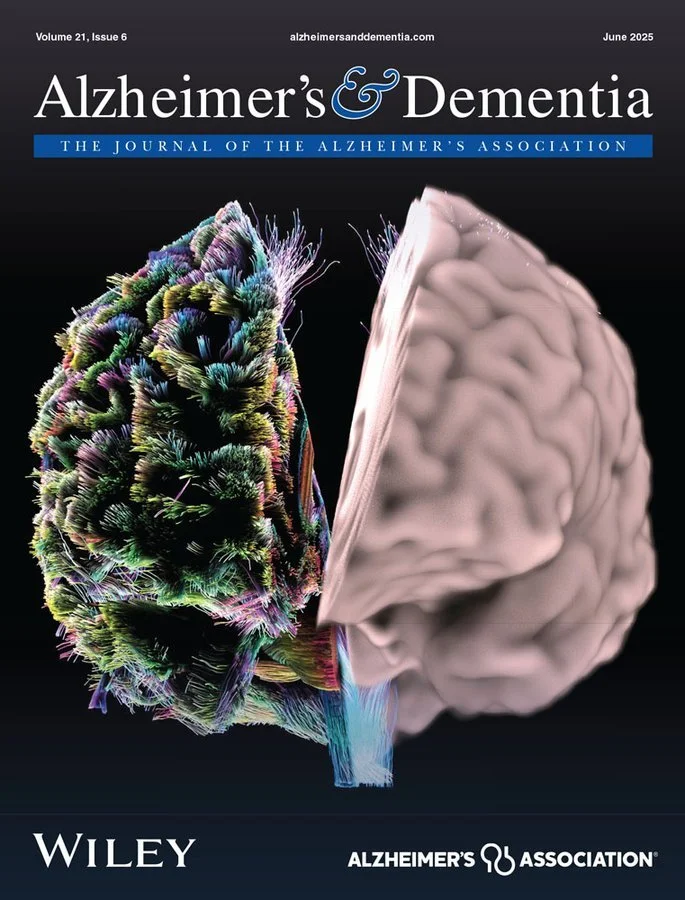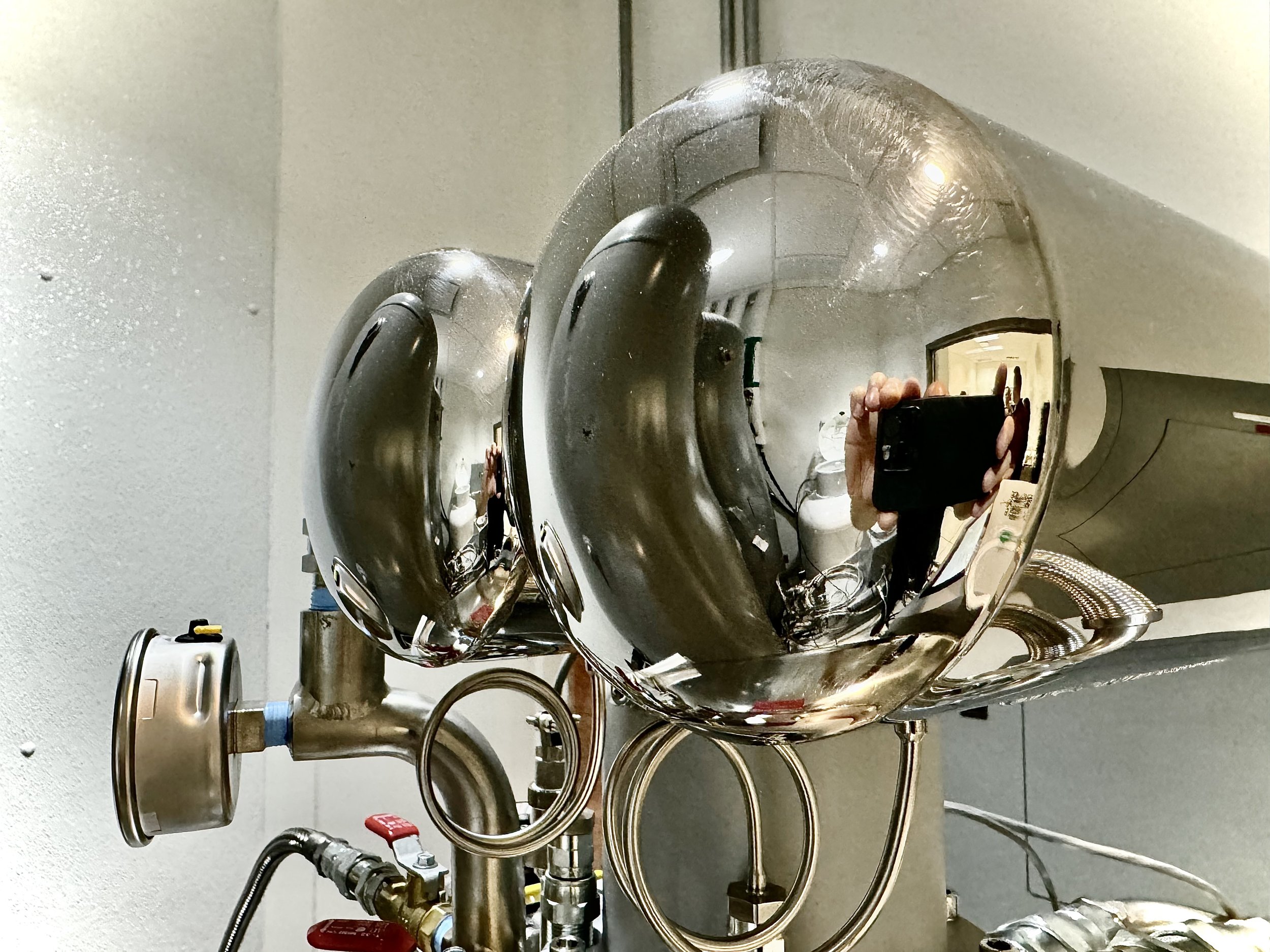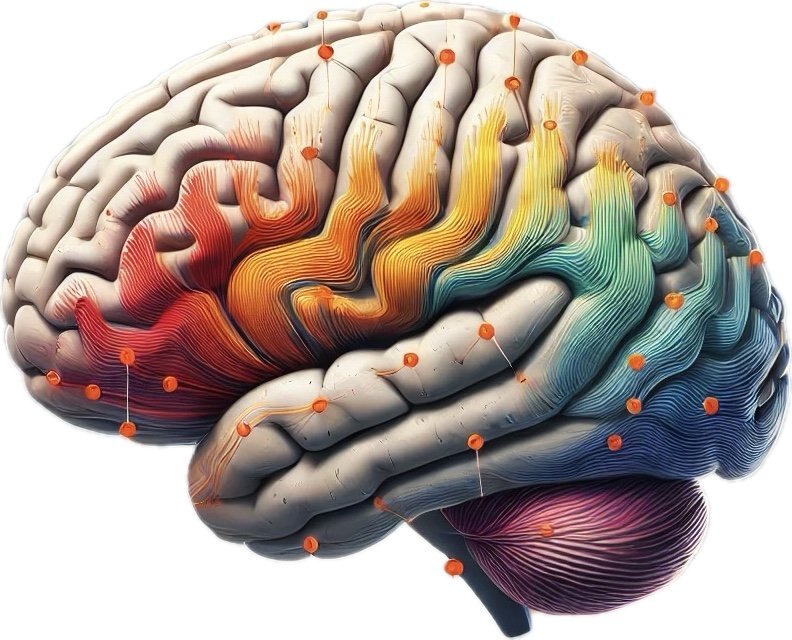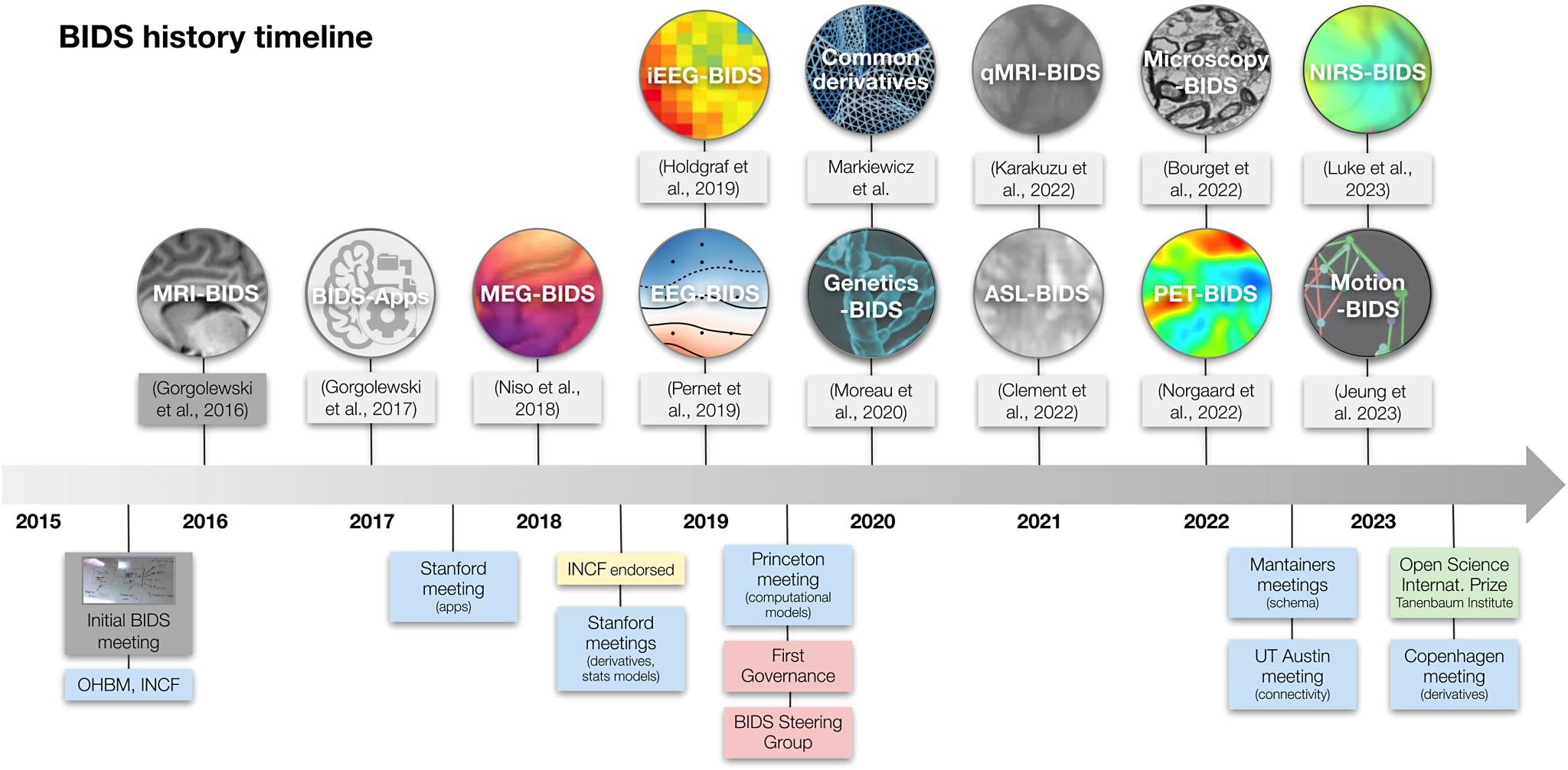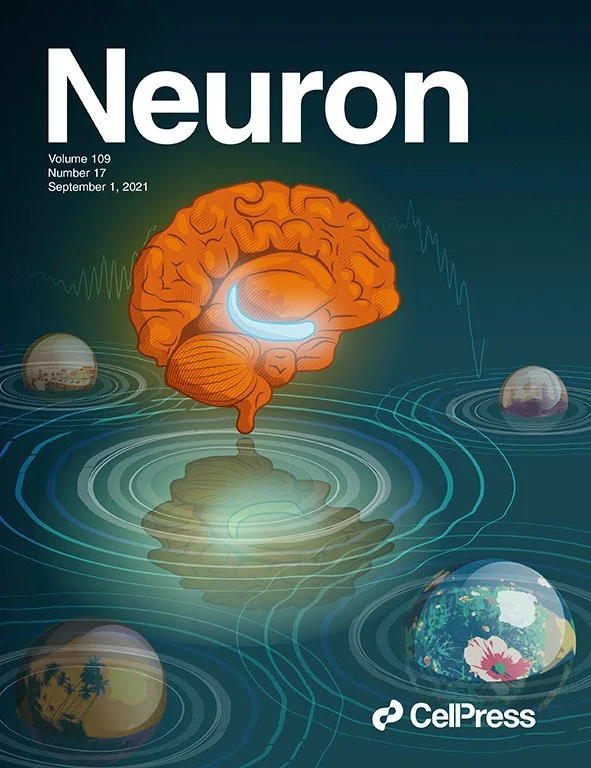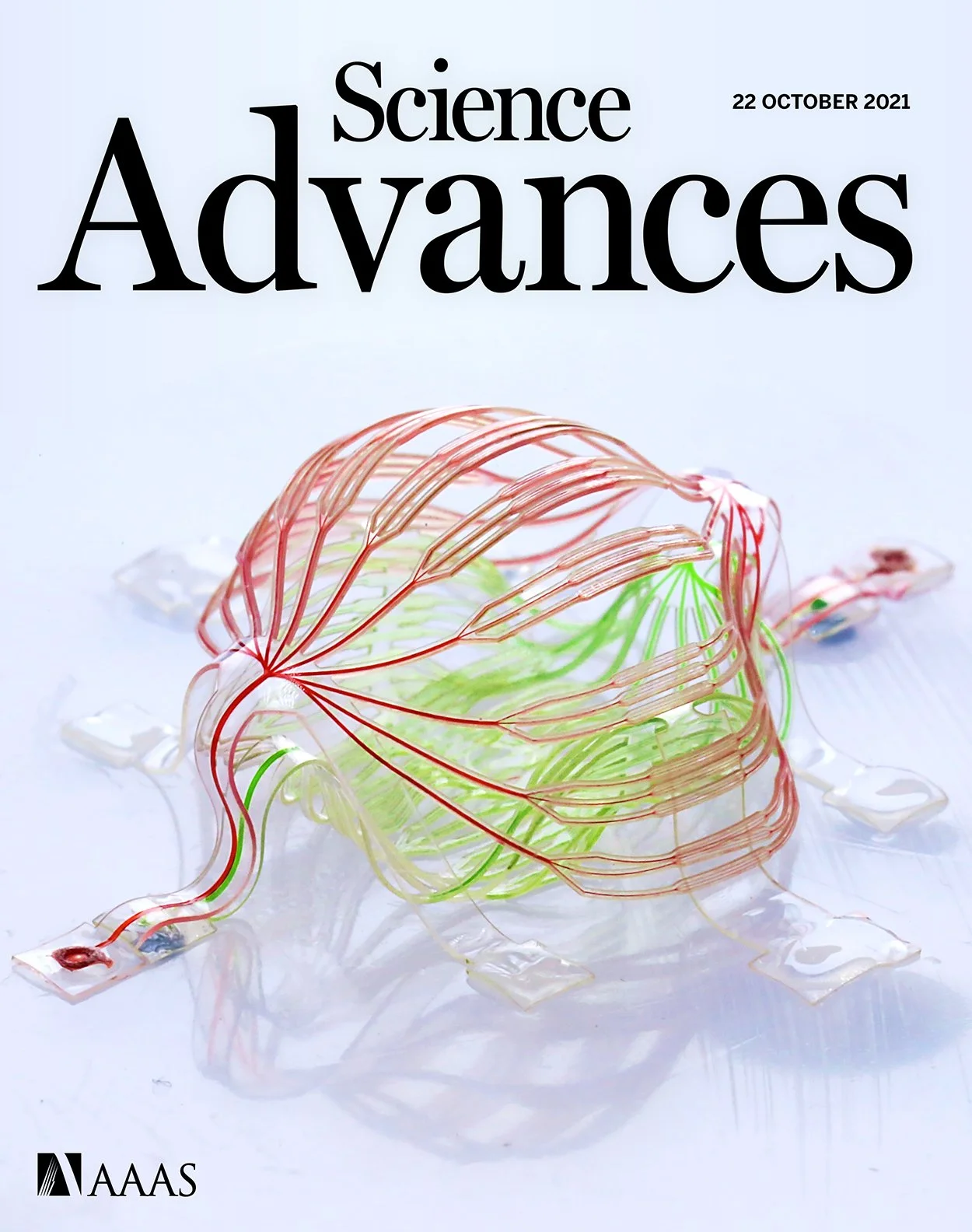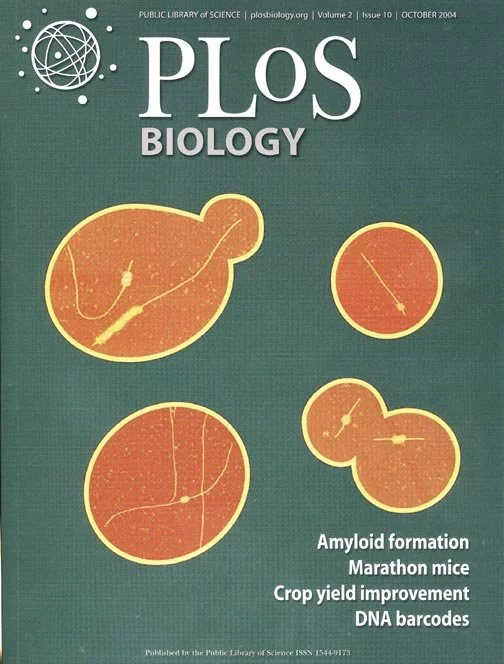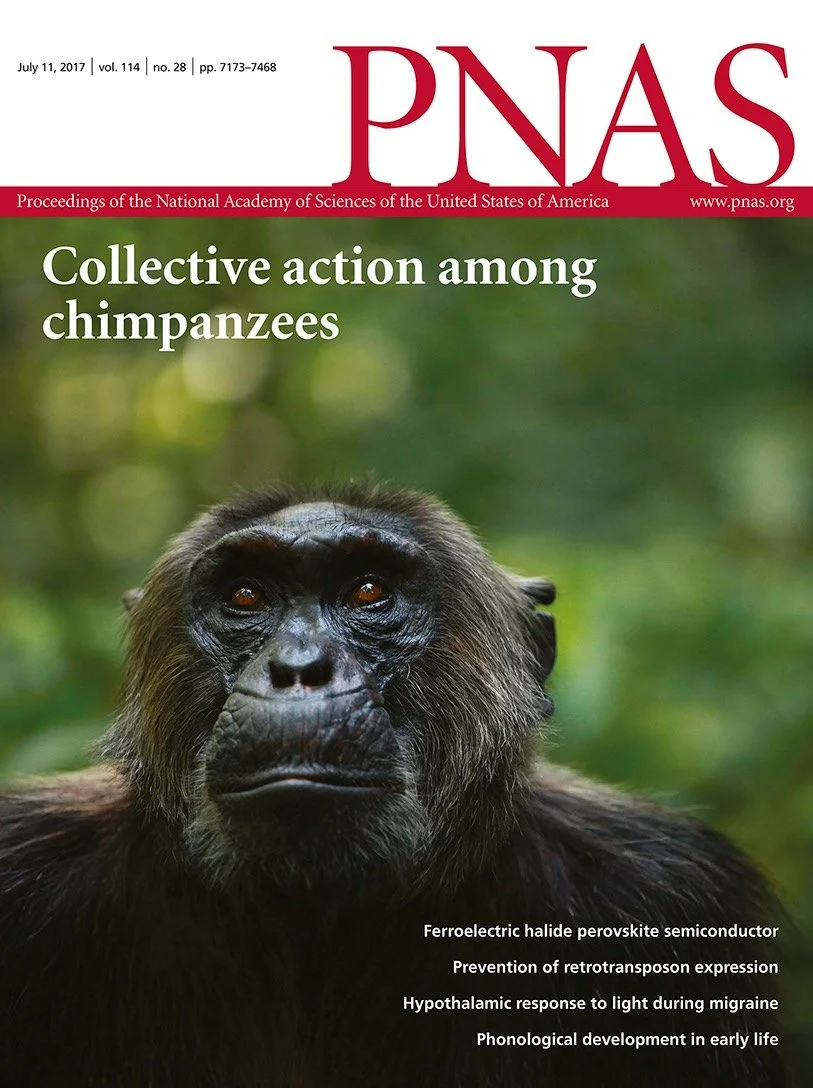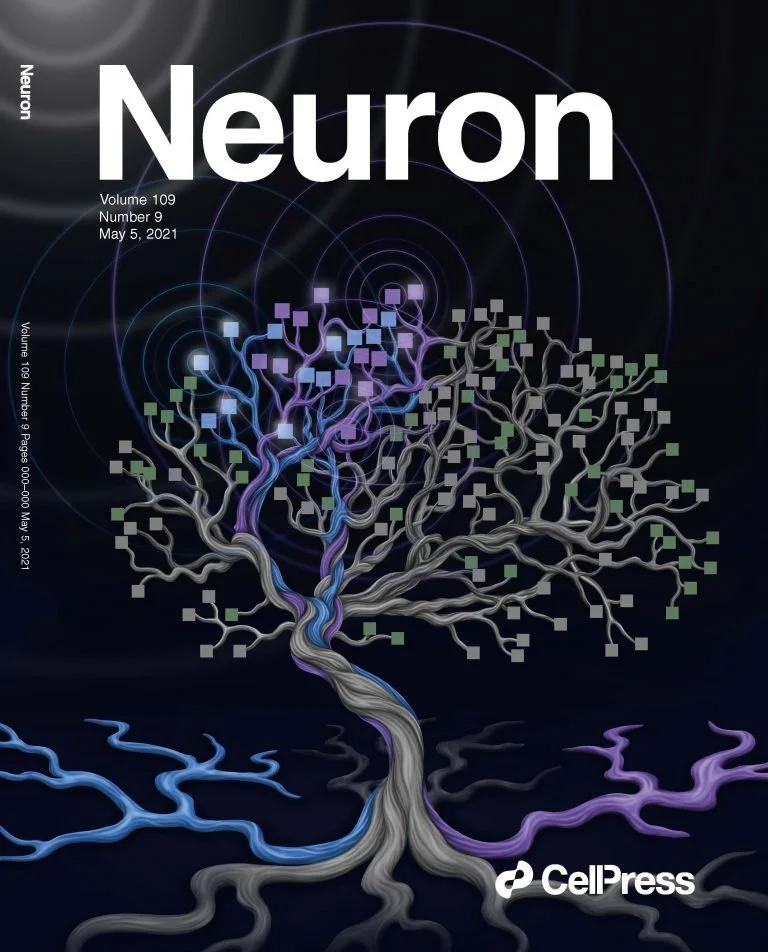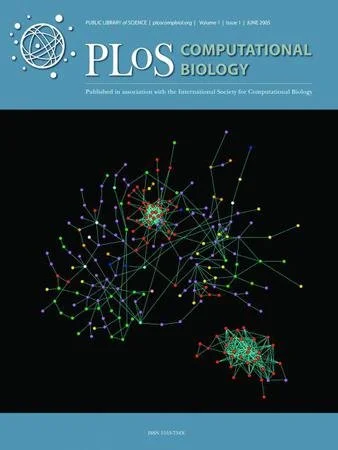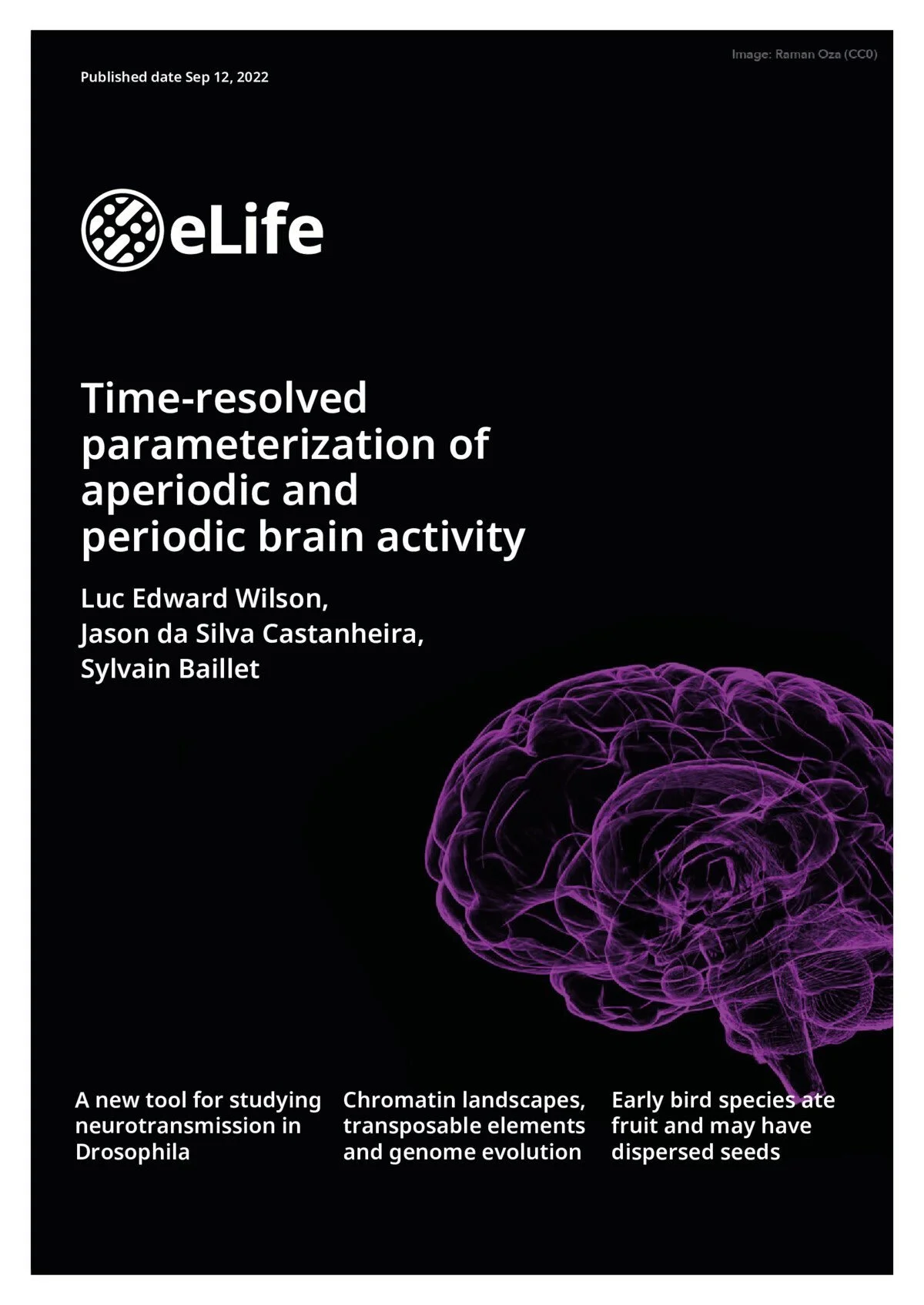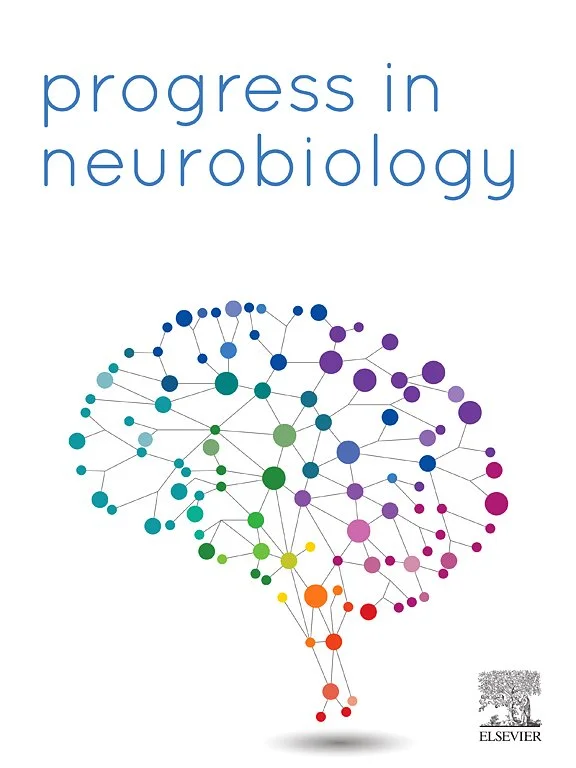
nature & mechanisms of
neural dynamics of brain systems
Understanding human brain activity across time scales: from milliseconds to the life span.
The broad objective of Sylvain Baillet’s lab is to comprehend the nature and macroscopic mechanisms of large-scale, network brain activity — how they enable complex behavior, how they are altered in disease.
We don’t specialize in specific brain functions or syndromes. We want to find their common denominator.
Our group nurtures multi-disciplinary expertise in computational and empirical approaches to systems neuroscience — with a blend of imaging, multi-scale electrophysiology, cognitive and clinical neuropsychology, biophysics, computational models and data science.
Please consult the sections below to learn more about our team, vision, projects, publications and our latest news.
Team
Grooming talents since Year 2000.
Vision
How we approach the neural dynamics of brain systems.
Projects
Systems neuroscience, data analytics, sharing knowledge.
Publications
Browse all our publications.



